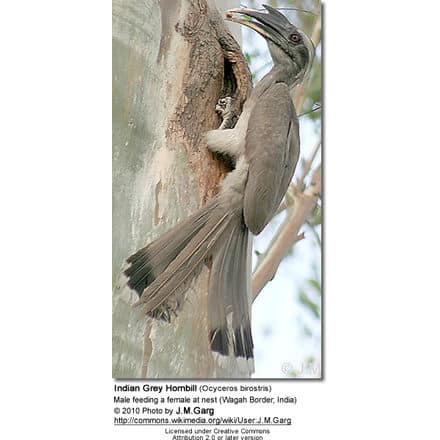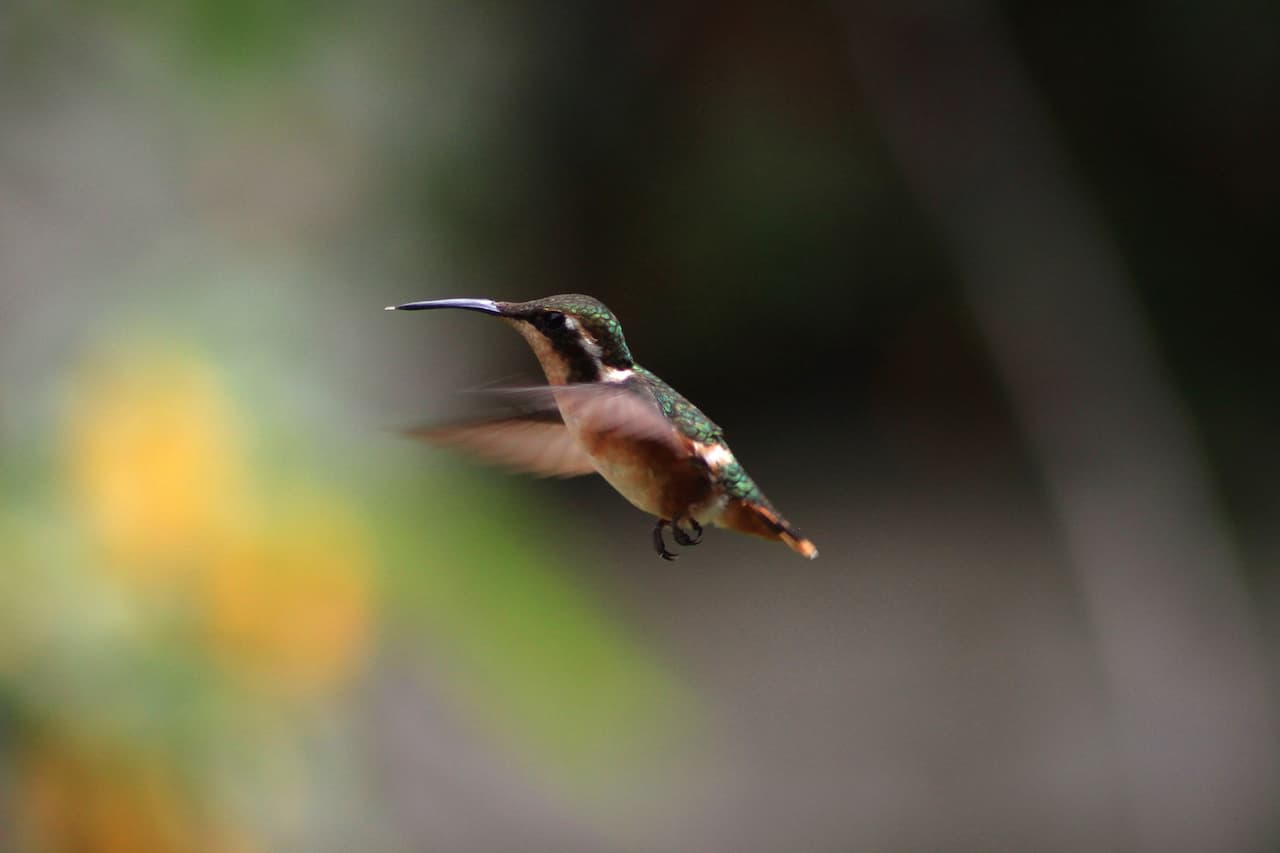Bahama Yellowthroats
Bahama Yellowthroats
Yellowthroat Information … Yellowthroat Species Photo Gallery
The Bahama Yellowthroats, Geothlypis rostrata, is a New World warbler. It is a resident breeder endemic to the Bahamas.
It is closely related to the Common Yellowthroat, Altamira Yellowthroat, and Belding’s Yellowthroat, with which it forms a superspecies, and was formerly considered conspecific (of, or belonging to, the same species).
This species is scarce, and is outnumbered in winter by migrant Common Yellowthroats, but appears not to be endangered.
Bahama Yellowthroats Breeding / Nesting
The breeding habitat of the Bahama Yellowthroat is dense dry or damp low scrub, usually drier than the areas used by wintering Common Yellowthroats. It builds a cup nest low in dense vegetation or a tree stump, and lays two eggs.
Bahama Yellowthroat Description
The Bahama Yellowthroats is 15 cm long with a large bill. The adult male of the nominate race G. r. rostrata, found on Andros and New Providence islands has an olive-green back and mainly yellow underparts, slightly paler on the belly. It has a black facemask and grey forecrown. The female is similar, but lacks the black mask and has a grey crown; she may have a whiter belly.
There are two other subspecies;
- the adult male of G. r. tanneri, found on Grand Bahama, Great Abaco and associated islands, has a yellow tinge to the forecrown band, and
- G. r. coryi of Eleuthera and Cat islands has a mainly yellow forecrown.
The Bahama Yellowthroat can be distinguished from wintering Common Yellowthroats by its greater size, heavier bill and slower, more deliberate movements. Males additionally have more extensively yellow underparts, a larger facemask extending onto the nape, and in the case of coryi the distinctive yellow forecrown. Females have a grey wash to the head not shown by Common Yellowthroat.
Bahama Yellowthroat Call / Vocalization
The song of Bahama Yellowthroats is a loud wichety wichety wichety wich, similar to that of Common Yellowthroat. The call is a softer jip than that of Common Yellowthoat.
Bahama Yellowthroat Diet / Feeding
Like other yellowthroats, it forages low in vegetation and feeds on insects and other small invertebrates (= animals without internal skeleton, such as insects, larvae, earthworms, millipedes, snails, spiders).
Bahama Yellowthroat Status
This species is scarce, and is outnumbered in winter by migrant Common Yellowthroats, but appears not to be endangered. The nominate subspecies, however, is either very rare or has gone extinct in the last years of the 20th century.
Copyright: Wikipedia. This article is licensed under the GNU Free Documentation License. It uses material from Wikipedia.org … Additional information and photos added by Avianweb.
Please Note: The articles or images on this page are the sole property of the authors or photographers. Please contact them directly with respect to any copyright or licensing questions. Thank you.




